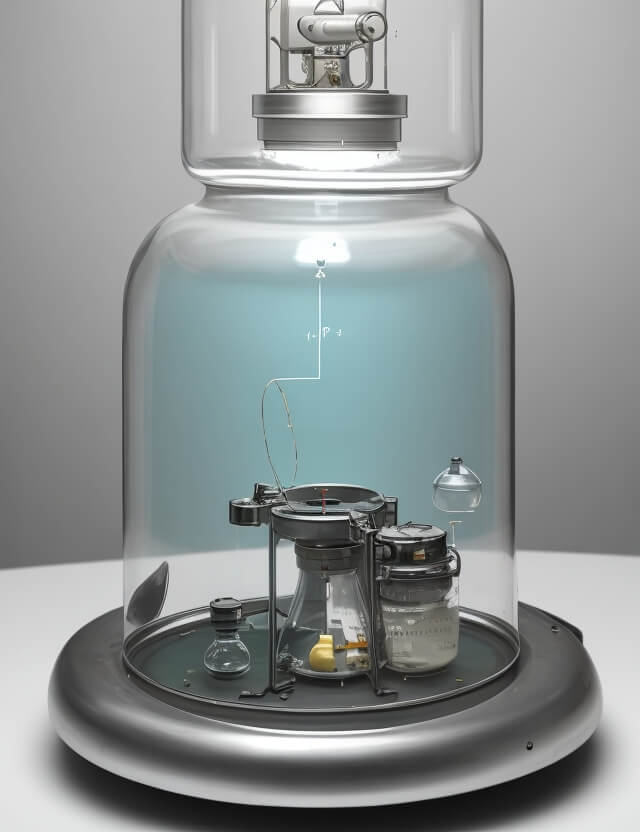
The Bell Jar Experiment Project
Introduction to the Bell Jar Experiment
The Bell Jar Experiment is a fascinating demonstration in physics that vividly illustrates the necessity of a material medium for the propagation of sound. Using a simple yet effective setup, this experiment delves into the fundamental nature of sound waves and their behavior in different environments.

The Concept of Sound
Sound is a mechanical wave characterized by its frequency, wavelength, and velocity. It is a longitudinal wave, meaning that the particles of the medium through which it travels vibrate parallel to the wave’s direction of propagation. Sound originates from vibrating bodies, like musical instruments or vocal cords, and is perceptible to the human ear within the frequency range of 20 Hz to 20 kHz.
Understanding the Bell Jar
A bell jar, typically made of glass and bell-shaped, is primarily used in laboratories to create and maintain a vacuum. When attached to a vacuum pump, the air inside the jar can be evacuated, allowing for various experimental conditions.

The Experiment Setup
Materials:
- An airtight glass bell jar
- A sound-producing toy or device (like an electric bell)
- A vacuum pump
- Cork or stopper to seal the jar
Procedure:
- Arrange the bell jar, connecting the electric bell and vacuum pump.
- Initiate the bell to produce sound.
- Gradually pump out the air from the jar, observing the change in sound intensity.
- Notice the point at which sound is no longer audible, though the bell’s mechanism is still operating.
Observations and Results
As air is evacuated from the bell jar, the sound from the electric bell becomes fainter and eventually inaudible. This change occurs despite the continuous operation of the bell, demonstrating that sound waves require a material medium (like air) to travel. The experiment conclusively shows that sound cannot propagate through a vacuum.
Conclusion
The Bell Jar Experiment is a simple yet powerful demonstration of sound propagation. It underlines the fundamental principle that sound waves need a material medium to travel, and in the absence of such a medium, like in a vacuum, sound cannot be transmitted. This experiment serves as a cornerstone in understanding the nature of sound and its dependence on the medium for propagation.
In order to download the PDF, You must follow on Youtube. Once done, Click on Submit
Follow On YoutubeSubscribed? Click on Confirm
Download The Bell Jar Experiment Project PDF






